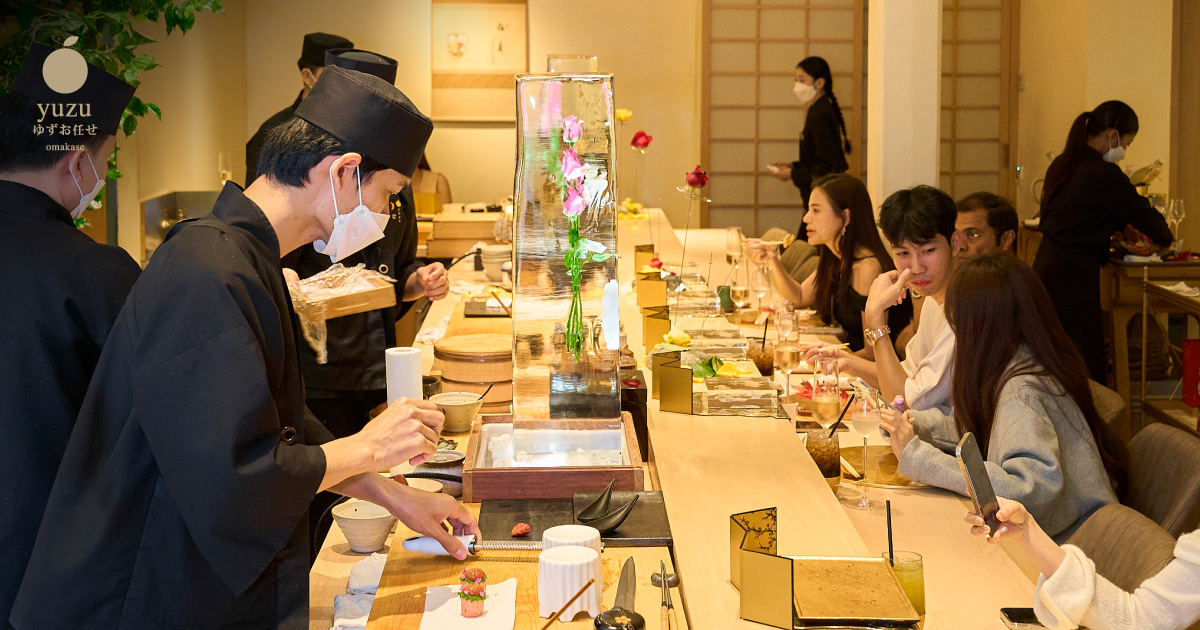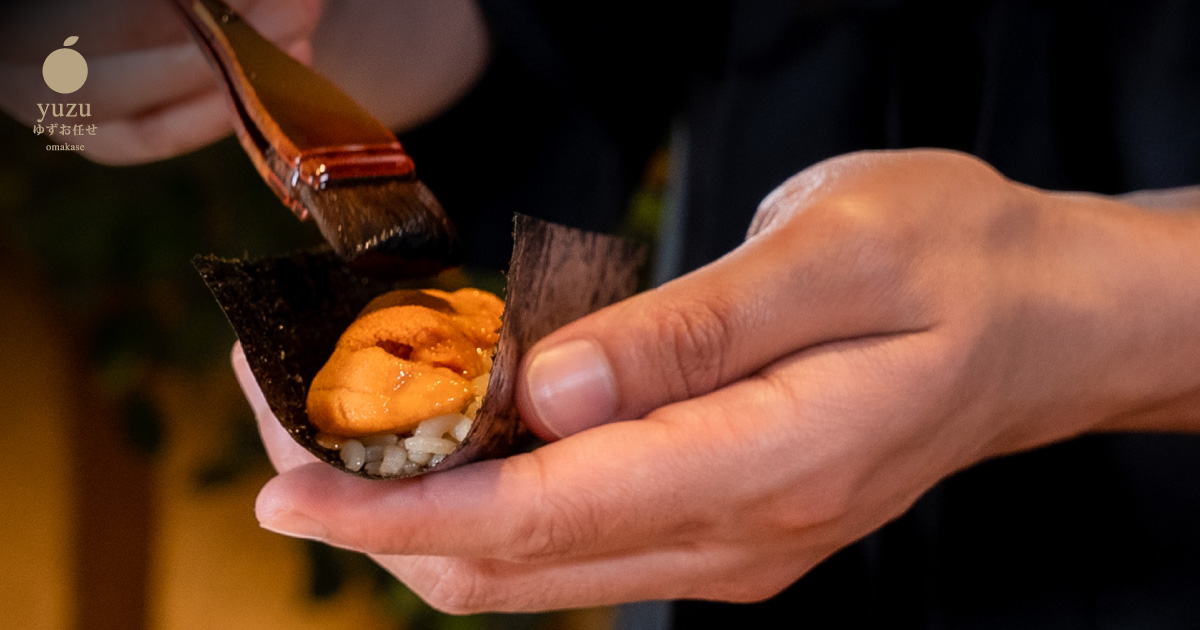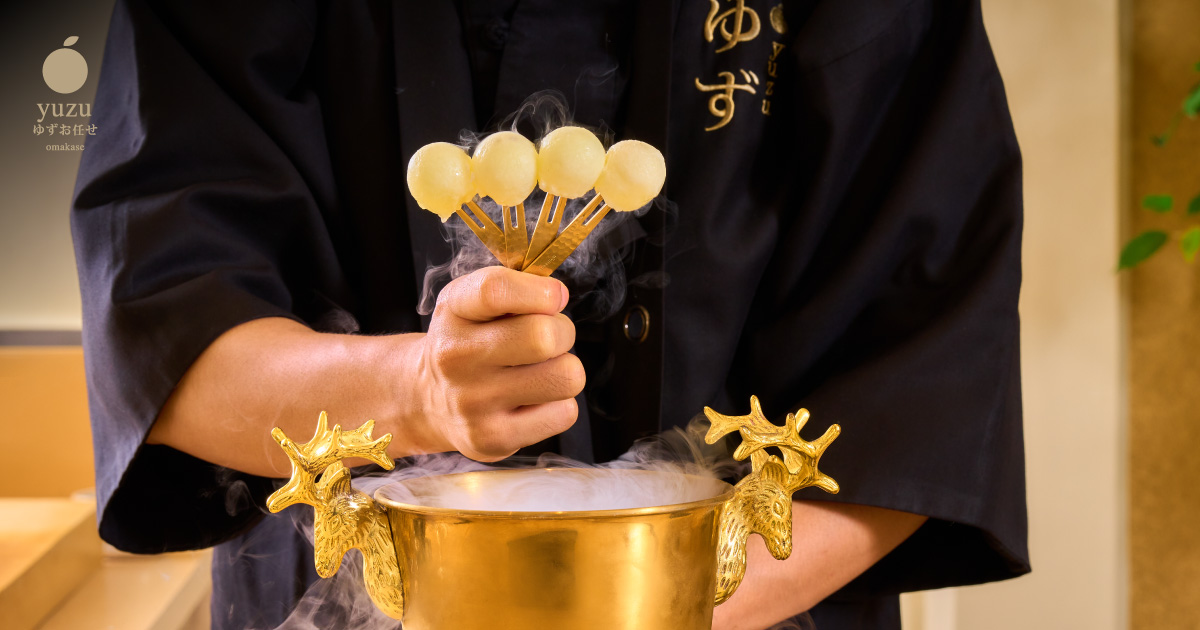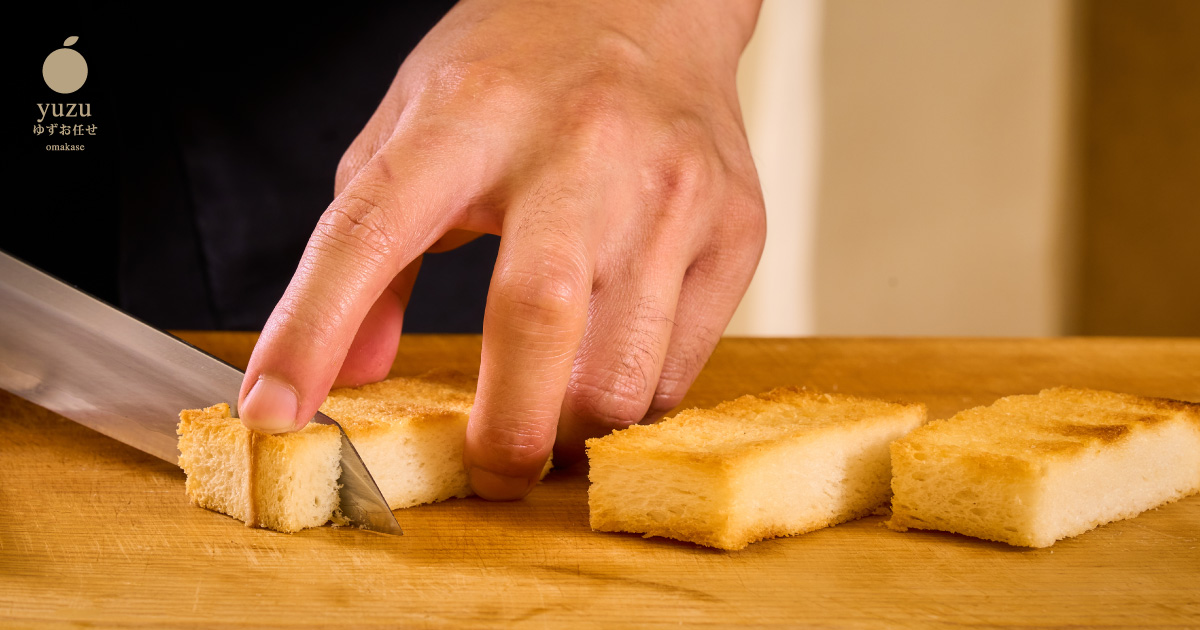
Omakase Bangkok vs. Tokyo: A Global Comparison of Craft and Culture
From Ginza to Siam Square, the spirit of omakase continues to evolve. But how does Bangkok’s rising omakase scene compare to Japan’s traditional counters? The answer lies in technique, terroir, and experience.
The World ● 2025 Apr 30
Omakase Bangkok vs. Tokyo: A Global Comparison of Craft and Culture
The world of omakase is changing. Once reserved for the discreet, minimalist counters of Tokyo’s Ginza district or the refined alleys of Kyoto, omakase dining has become a global phenomenon. Cities like New York, Singapore, Dubai—and now Bangkok—are home to omakase experiences that rival the best Japan has to offer.
But does omakase outside Japan truly capture the same level of craft, subtlety, and tradition?
At Yuzu Omakase in Siam Square, Bangkok, the answer is a confident yes. While Tokyo remains the spiritual home of omakase, Yuzu Omakase has established itself as a culinary destination where Japanese technique meets international refinement.
Let’s explore how omakase in Bangkok compares to Tokyo—from sourcing and service to philosophy and execution.
🗾 Tokyo: The Cradle of Edomae Tradition
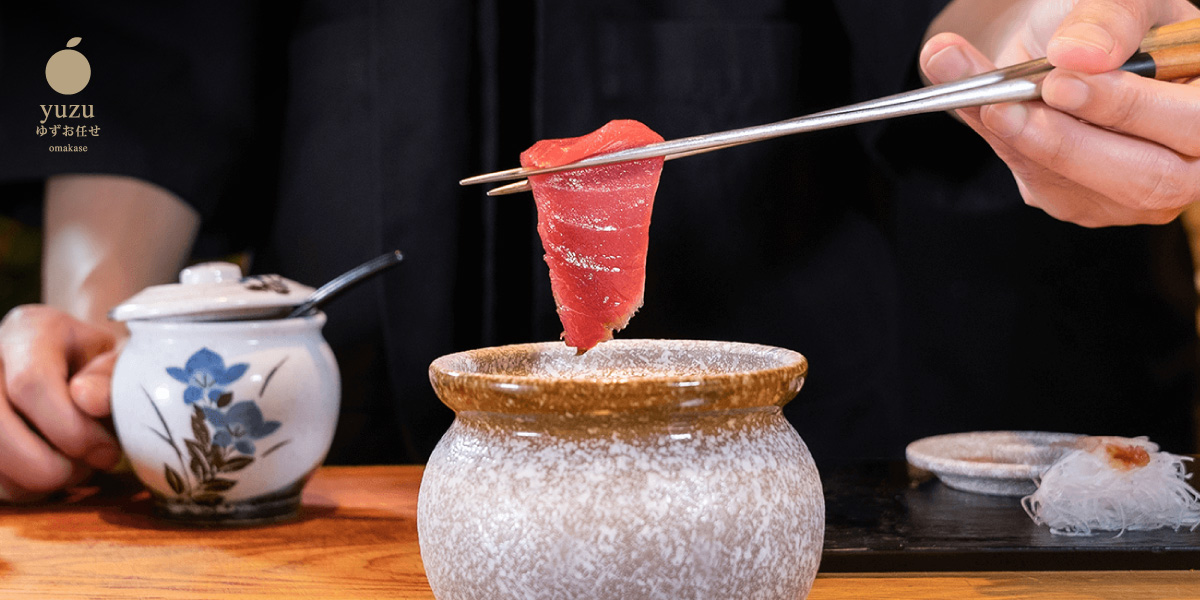
Omakase in Tokyo is rooted in history—particularly the Edomae style developed in the 1800s during the Edo period. Sushi chefs would cure, marinate, and age their fish to preserve it and enhance flavor, especially in the absence of refrigeration.
✦ Defining Features of Traditional Tokyo Omakase:
Strict adherence to technique: Generational training under a master (itamae) is common.
Minimalist presentation: Clean, quiet spaces with no distractions.
Ingredient purity: Strong focus on seasonality (shun) and regional sourcing.
Conservatism in creativity: Less experimentation, more preservation of time-tested formats.
In Tokyo, many of the most celebrated sushi counters focus on legacy, subtlety, and discipline—often serving no more than a handful of guests per night, with months-long waitlists.
🌏 Bangkok: Where Tradition Meets Innovation
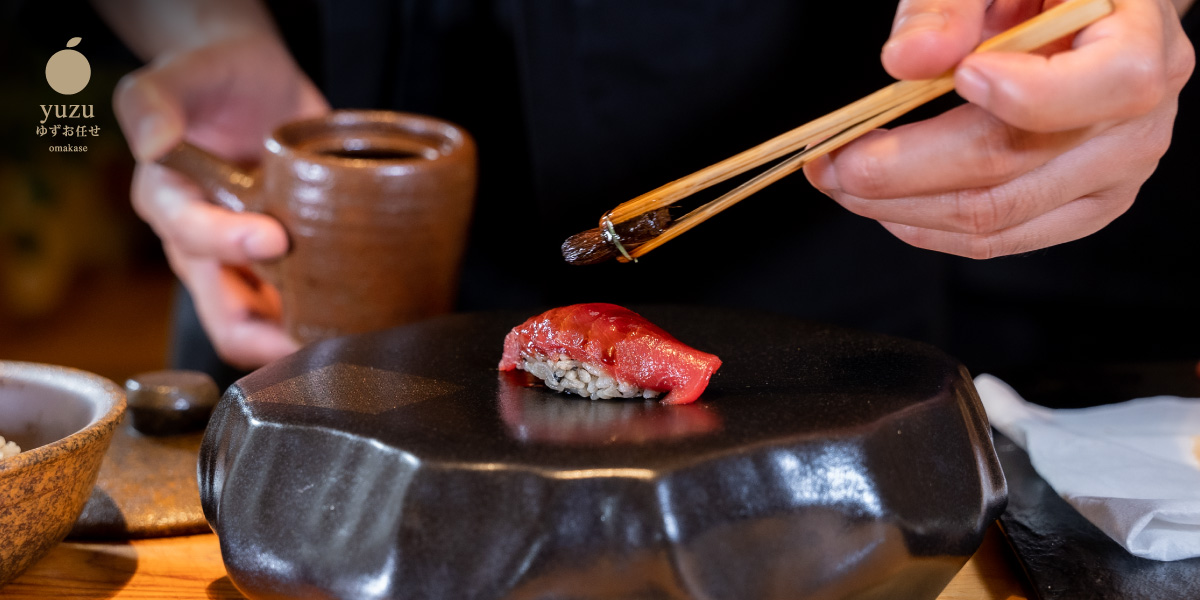
Enter Bangkok—a culinary city known for bold flavors, hospitality, and cultural fusion. In recent years, it has also become a rising star in the global omakase scene, thanks to restaurants like Yuzu Omakase, which bring Japan’s tradition to life in a new and elevated context.
✦ What Sets Bangkok’s Omakase Apart:
Global accessibility: No need to wait six months for a reservation—yet the quality rivals Tokyo’s best.
Chef engagement: More personal interaction, education, and storytelling.
Fusion flexibility: Slight innovations in presentation and ingredient pairings—while respecting core techniques.
Elevated hospitality: Combining Japanese omotenashi with Thai warmth.
A global guest list: Tourists, expats, and local fine diners come together at the counter.
At Yuzu Omakase, chefs are trained in Japan but embrace the diversity of their guests. They retain the rigor of Edomae technique while allowing room for curated experiences tailored to the moment.
🔪 Technique: Mastery Without Borders
🧭 Tokyo Technique:
Akami-zuke: Lean tuna marinated in soy for umami depth
Kohada: Vinegar-cured gizzard shad—an Edomae classic
Ikejime preparation: A traditional method for humane fish killing that preserves freshness
Shari control: Meticulous attention to rice temperature, seasoning, and compactness
🌟 Bangkok Technique at Yuzu Omakase:
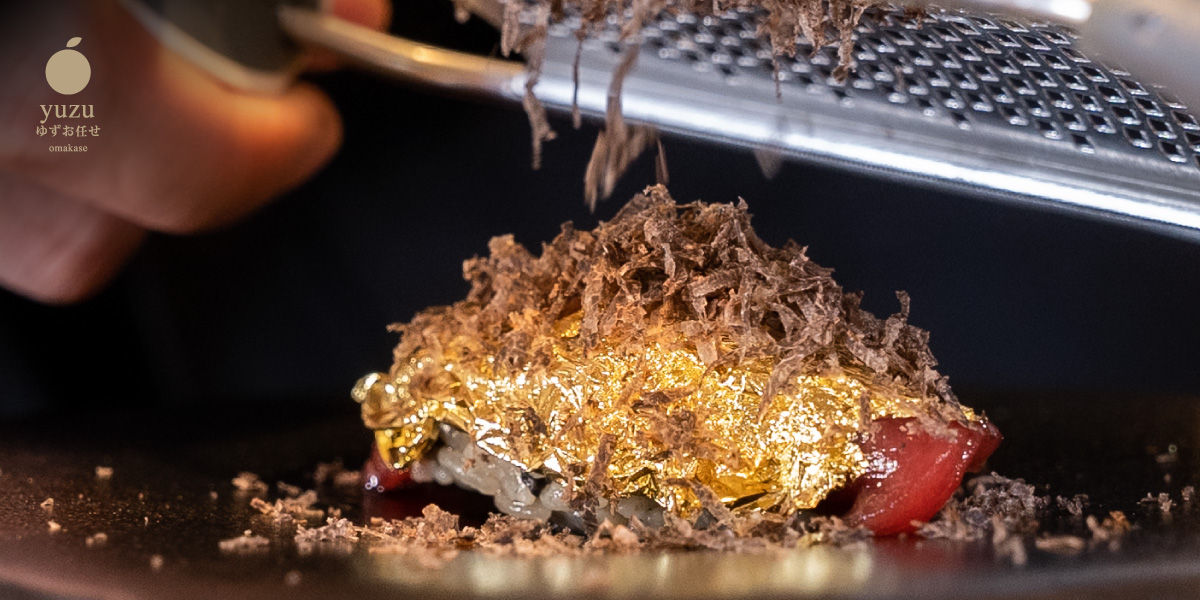
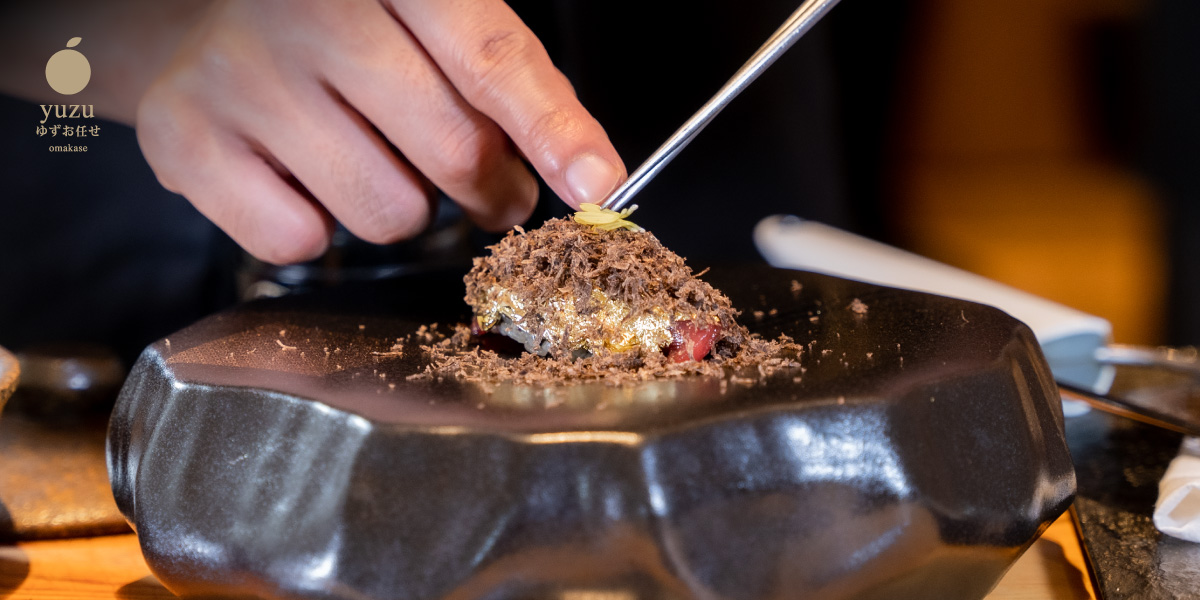
Yuzu Omakase honors every one of these traditions—with Tokyo-trained chefs at the helm. But you’ll also see:
Wagyu prepared three ways: Aburi, raw nigiri, and donburi
Truffle soy foam and gold leaf: Adding a touch of modern luxury
Seasonal fruit pairings: Using Miyazaki peach, Shizuoka melon, and Thai-sourced enhancements
Artful plating with purpose: Inspired by kaiseki aesthetics
This blend of heritage and innovation creates an omakase experience that’s just as technically sound, but more globally resonant.
🥢 The Guest Experience: Tokyo’s Silence vs. Bangkok’s Intimacy
| Element | Tokyo Omakase | Bangkok Omakase (Yuzu Omakase) |
| Ambience | Serene, minimalist, silent | Elegant, calm, more open to interaction |
| Chef Engagement | Minimal unless prompted | Warm, informative, and story-driven |
| Course Format | Set progression | Dynamic, often customized in real-time |
| Dress Code | Formal or traditional | Smart casual to elegant |
| Accessibility | Hard to reserve, expensive | Easier access, more variety in pricing |
In Tokyo, the chef’s silence is revered. In Bangkok, guests appreciate a deeper connection to the craft—a story with every slice, especially for diners new to omakase.
At Yuzu Omakase, this interaction is personal and intentional—enhancing, not distracting from the experience.
🌊 Ingredient Sourcing: From Toyosu to Thailand
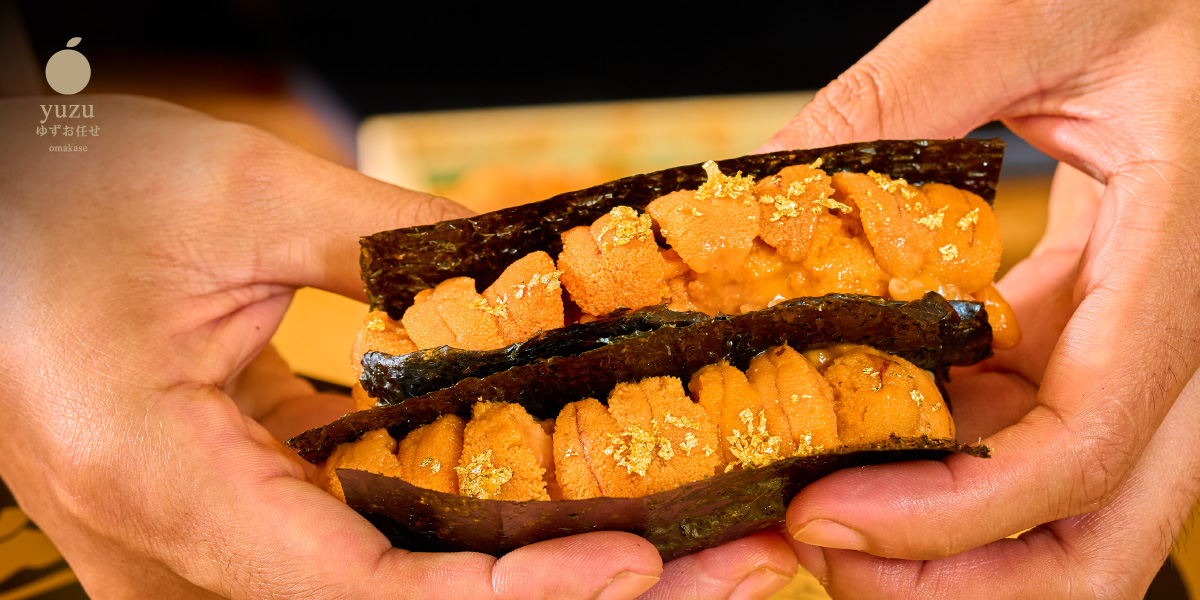
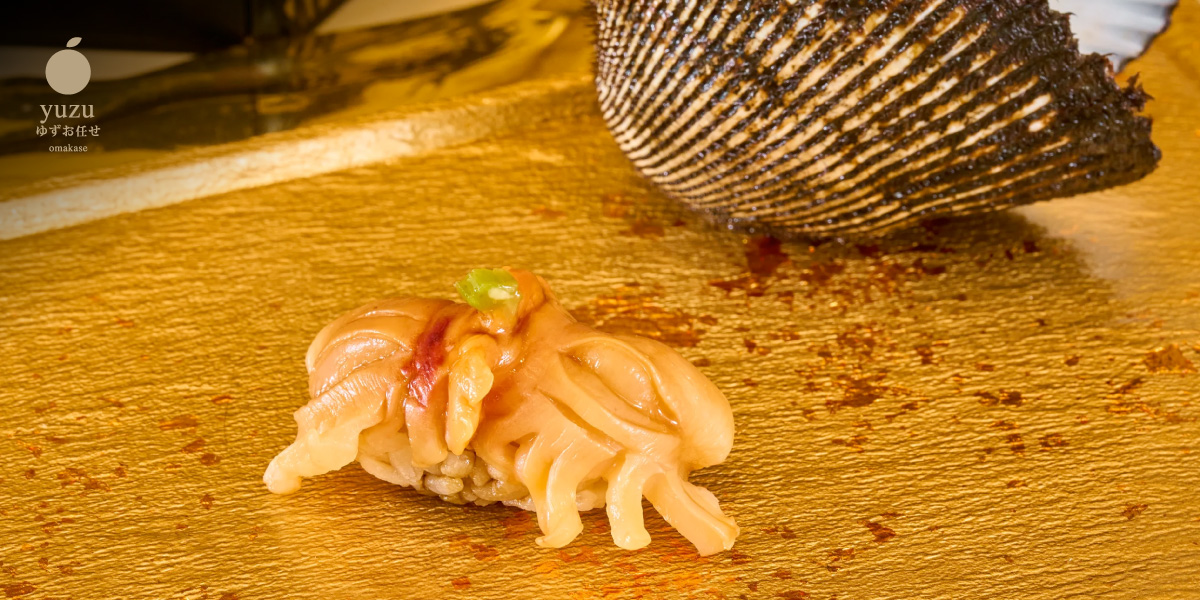
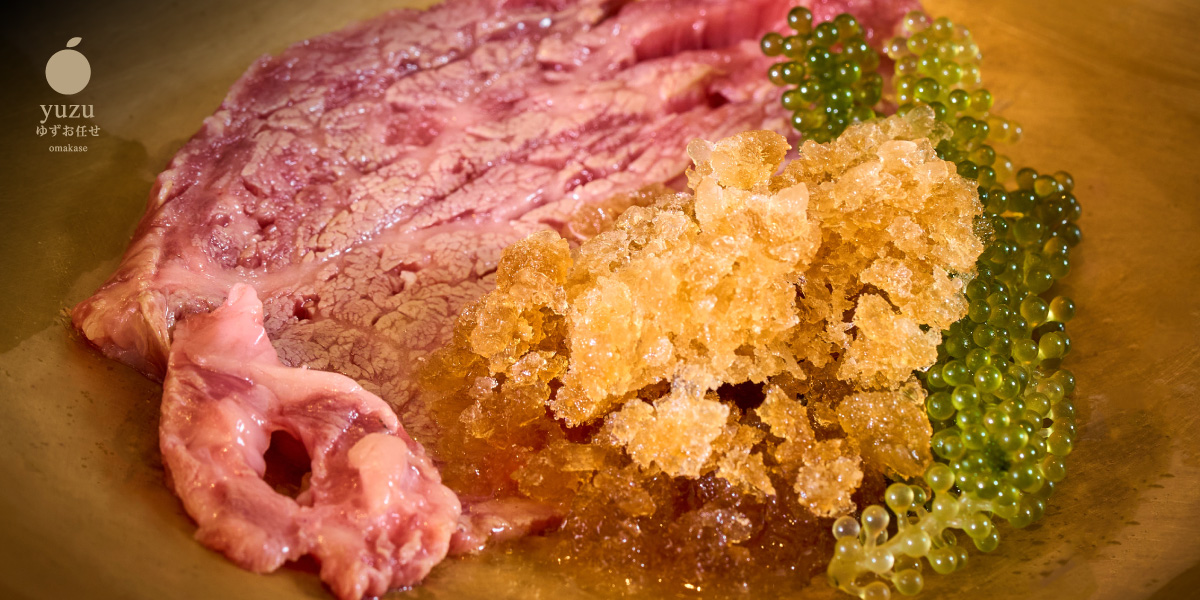
Both cities rely on Japan’s legendary seafood markets. At Yuzu Omakase, most ingredients are flown in several times a week from:
Toyosu Market – Tuna, kinmedai, nodoguro
Hokkaido – Bafun uni, scallops, ikura, shiro ebi
Kyushu – Kampachi, hamaguri clams
Kagoshima – A5 Wagyu
Miyazaki – Seasonal fruit (peach, mango)
This ensures Bangkok’s omakase scene retains the same terroir as Tokyo’s top counters—with some added flexibility to incorporate local or regional ingredients for dessert and garnishes.
🍽️ Signature Dishes That Reflect Culture
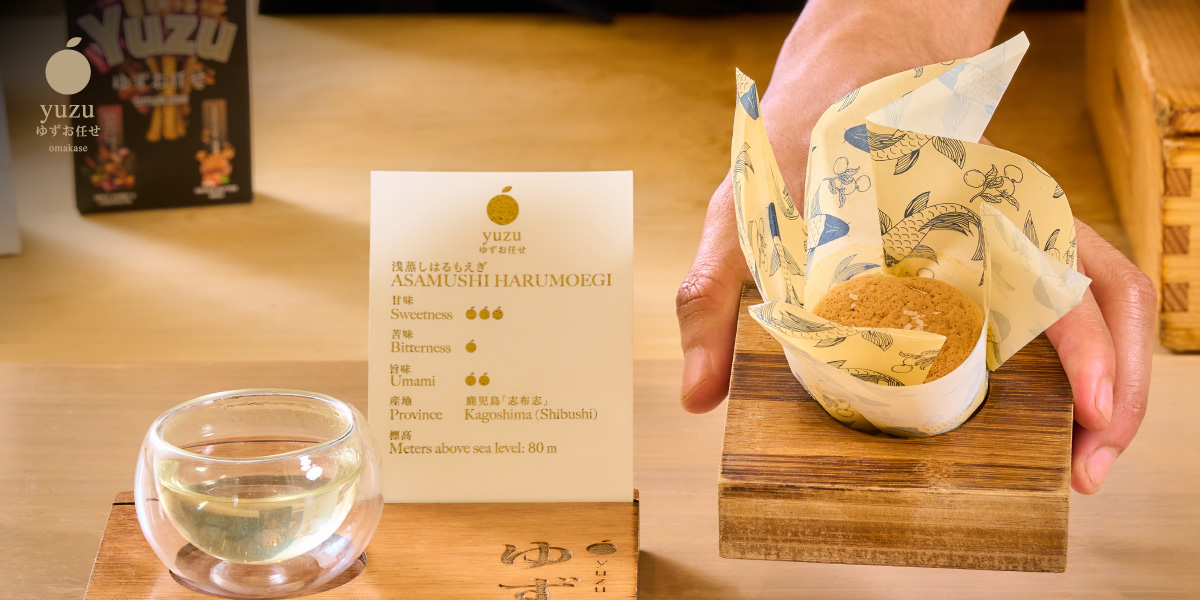



Traditional Tokyo Favorites:
Akami Nigiri
Kohada (Gizzard Shad)
Ika (Squid) with salt and sudachi
Tamago (Castella-style egg)
This ensures Bangkok’s omakase scene retains the same terroir as Tokyo’s top counters—with some added flexibility to incorporate local or regional ingredients for dessert and garnishes.
🍽️ Signature Dishes That Reflect Culture
Traditional Tokyo Favorites:
Akami Nigiri
Kohada (Gizzard Shad)
Ika (Squid) with salt and sudachi
Tamago (Castella-style egg)
Bangkok’s Modern Interpretations (at Yuzu Omakase):
Otoro Nigiri with Oscietra Caviar & Gold Leaf
Shiro Ebi with Uni & Yuzu Foam
Nodoguro Aburi with Daikon Oroshi
A5 Wagyu Nigiri with Truffle Soy Air
White Peach Sorbet with Umeshu Syrup
These differences don’t dilute the tradition—they expand it, allowing Bangkok to speak the language of omakase fluently, with a local accent.
🏆 Yuzu Omakase: A New Benchmark for Global Omakase Dining
Tokyo will always be the birthplace. But Bangkok—with its cosmopolitan diners, Thai-Japanese synergy, and deep respect for culinary craftsmanship—is now home to some of the world’s most compelling omakase experiences.
Yuzu Omakase is a shining example of this evolution. Here, guests don’t have to choose between tradition and innovation. They experience both—woven seamlessly into a journey of taste and time.
📍 Visit Bangkok’s Omakase Destination of Choice
Whether you're a Tokyo-trained foodie, a global gourmet, or a curious newcomer to omakase, Yuzu Omakase in Siam Square offers the full arc of authenticity, artistry, and attention.
📍 Address: 258/9-10 Siam Square Soi 3, 2F Pathumwan, Bangkok
📞 Phone: 063-898-8989
🌐 Website: www.yuzuomakase.com
Reserve your seat at the counter—and discover how Bangkok meets Tokyo in the most delicious way.
Yuzu Omakase — Bridging tradition and innovation, one perfect bite at a time.
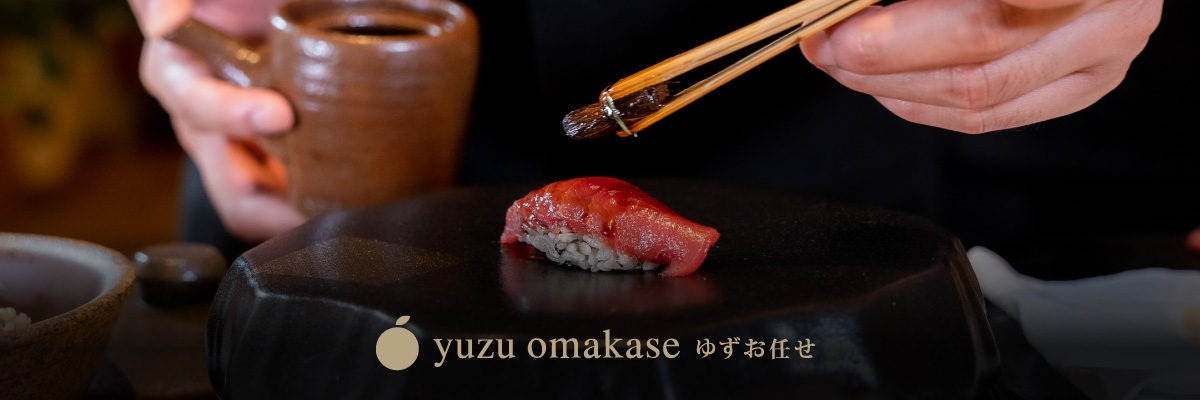
RELATE
-
The Global Appeal of Chef-Curated Tasting Menus in Omakase Thailand
From New York to Tokyo, Paris to Bangkok—chef-curated tasting menus have become the global benchmark for refined dining. At the center of this culinary shift in Thailand is Yuzu Omakase, where omakase becomes an immersive expression of art, season, and culture.
The World ● 2025 Aug 5
-
From Tokyo to Siam Square: A Legacy of Culinary Mastery in Japanese Restaurants
The soul of Tokyo’s revered sushi traditions now thrives in Bangkok’s dynamic heart. At Yuzu Omakase Thailand, ancient craft meets urban luxury—delivering a dining experience rooted in precision, purity, and the pursuit of culinary excellence.
The World ● 2025 Aug 4
-
Why Premium Dining Is Now All About the Journey — Not Just the Meal
Today’s most memorable meals aren’t just about taste—they’re about transformation. At Yuzu Omakase Thailand, every detail is curated to move you, surprise you, and immerse you in a world where dinner becomes a journey.
The World ● 2025 Jul 19
-
Experiential Restaurants Around the World: Why Omakase Bangkok Is a Global Star
Across the globe, diners are seeking more than just good food. They crave connection. Story. Emotion. They want each course to be part of a journey—guided by the chef’s hand and shaped by the space, sounds, and sensations of the moment. In Tokyo, omakase counters have long offered this experience. In New York, tasting menus… Continue reading Experiential Restaurants Around the World: Why Omakase Bangkok Is a Global Star
The World ● 2025 Jul 19



